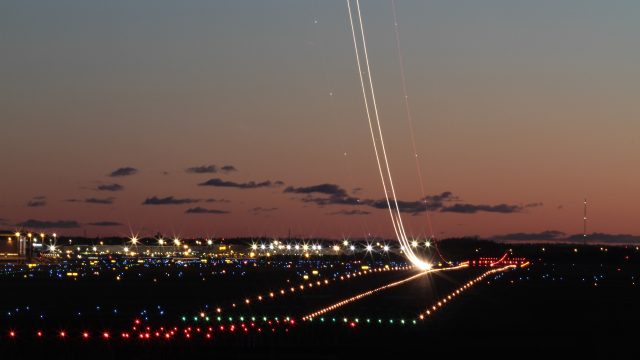Sep 27,2021 – Özgür KARATAŞ

Aviators want to fly safely. Urbanists also want to develop safe cities. The obstacle management then seems critical to multiple stakeholders. It is possible to benefit from existing technologies to increase the “expected quality” in Obstacle Management for all stakeholders.
Which Obstacles are Critical for Aviators?
On the civil aviation side, ICAO directives and recommendations define an airport as a basis and determine the expected accuracy values of Obstacle Data in these areas. In general, although many Civil Aviation Authorities consider these expectations satisfactory, it is also known that some countries require higher accuracies.
What are the Elements of Obstacle Management?
Let’s take a tower as an example. There may be municipalities who plan a building as a symbol of the city or FM transmitters. For another example, let’s take a giant wind turbine. It may be necessary to establish a wind farm with these huge structures that generate energy for cities. Or a modern terminal building may be planned to be added to an existing airport. All such structures are undoubtedly critical for aviation safety. The construction rights of all kinds of high-rise buildings, including residences, are included in the city and regional plans. Construction permits and construction permits of high buildings are generally under the license and supervision of a public authority such as a municipality. In terms of aviation, in the right, permit, construction and usage cycle of the construction of these high-rise buildings, the national authority and the airport operator organization should be a direct stakeholder, depending on the location of aircraft pilot, will interact with these structures when designing procedures or planning flights.
How must The Sky Be Separated?
Effective Obstacle Management should be able to perform the highest-quality flight, at the most optimum prices, in the safest way, for all stakeholders, from landowners to aircraft passengers, and for all individuals. In this respect, effective Obstacle Management should use the most advanced technologies to put forward the least bureaucracy.
Since Barrier Data is Related to Geography, Geographic Information Systems are Indispensable!
In the 21st century, the necessary detection, analysis and interpretation process must now be carried out with advanced technology GIS solutions in all stages of imagining an obstacle, simulating and constructing with controlled values if appropriate. In order for these solutions to be structured in a sustainable and systematic manner, the relevant Civil Aviation Authority should be able to design an advanced system that will include all corporate stakeholders and ensure that the hardware, software and system components required for this design are created by experts.
If obstacle and vehicles are managed with better systems, safer cruises can be achieved day and night.




